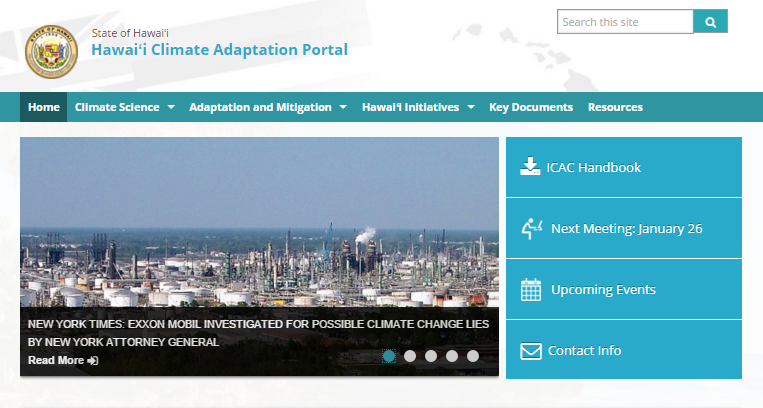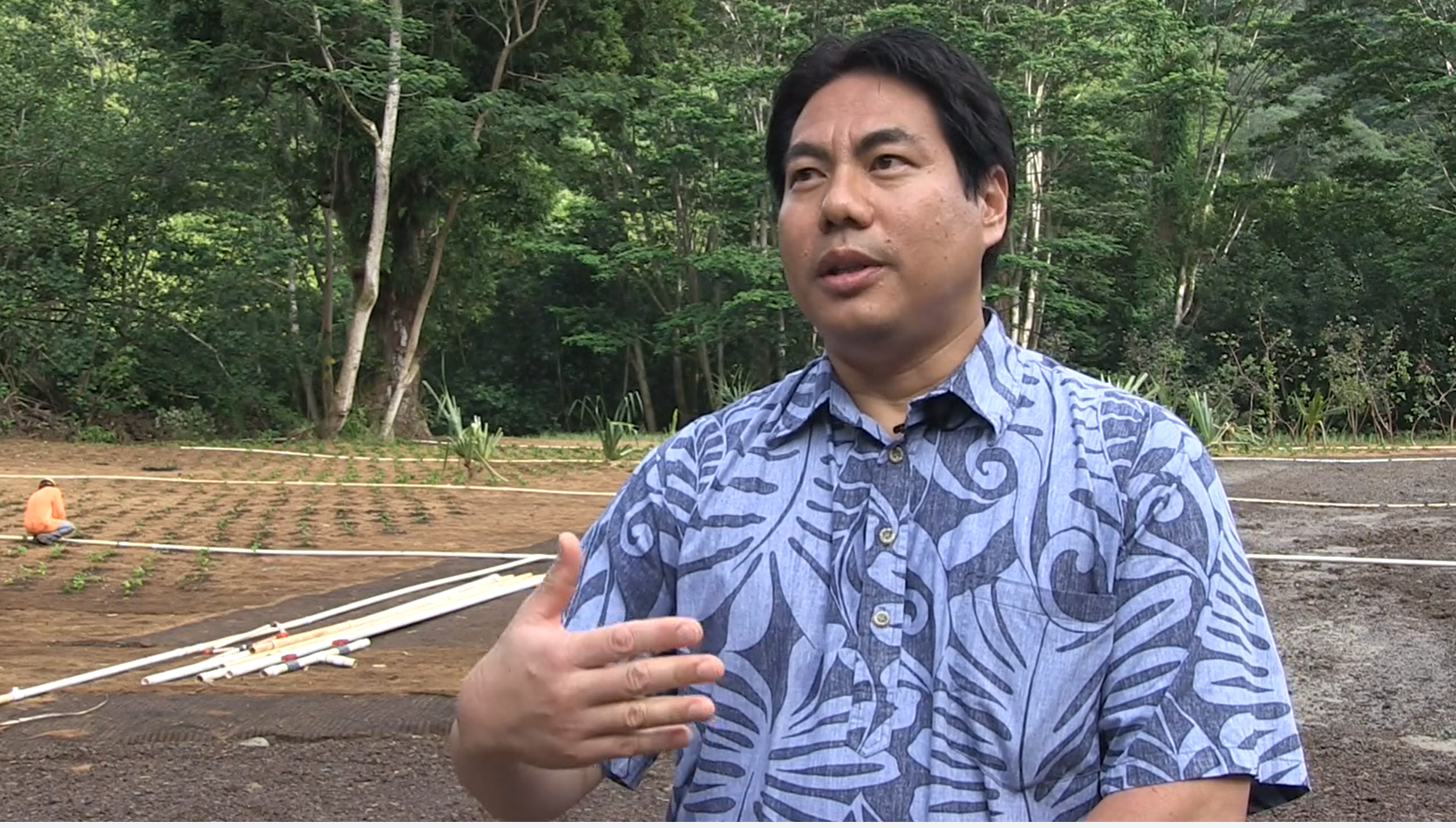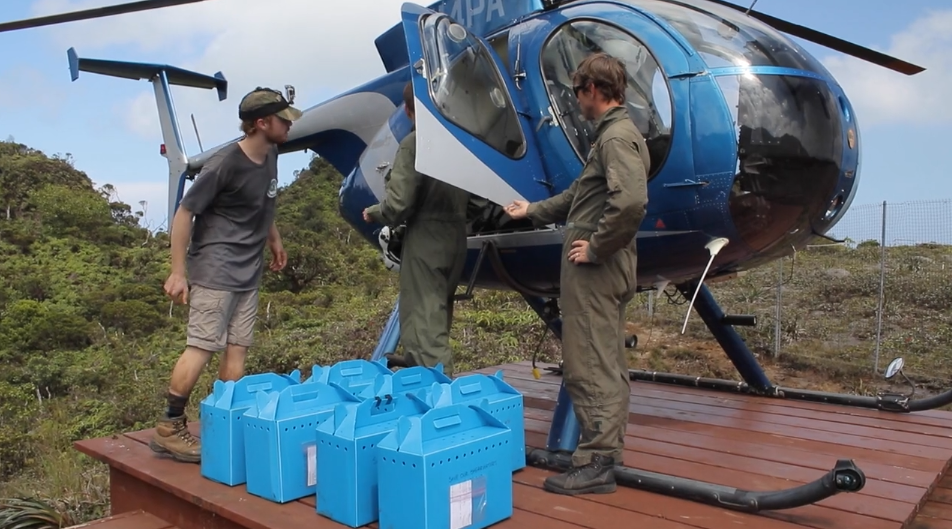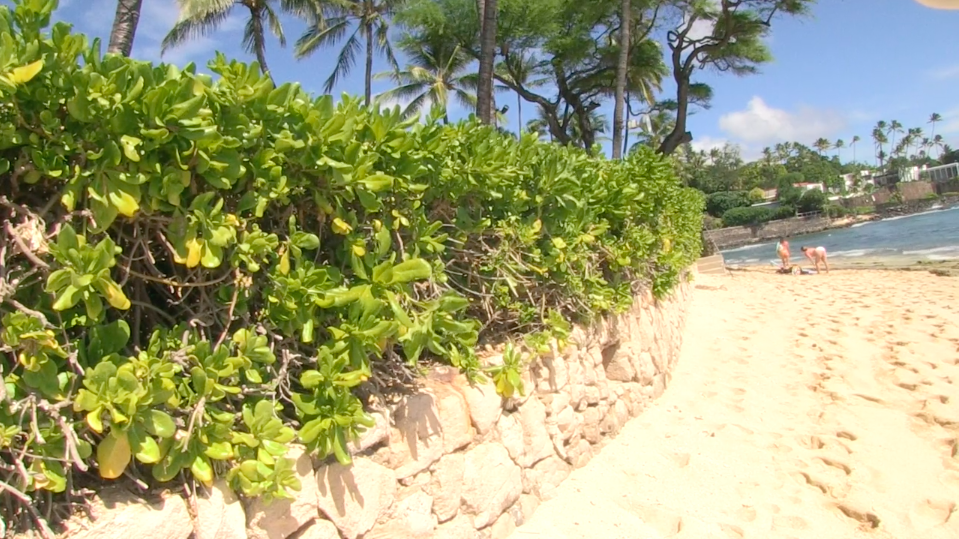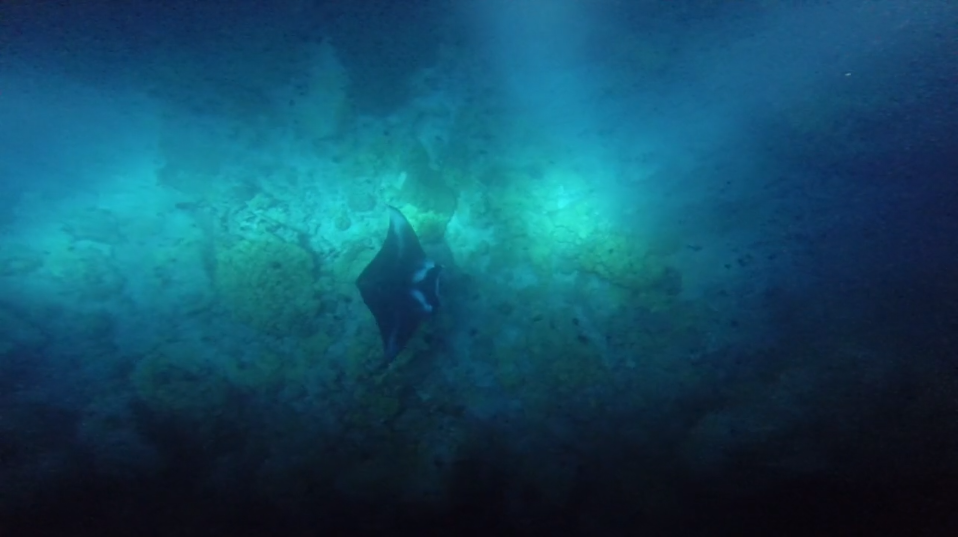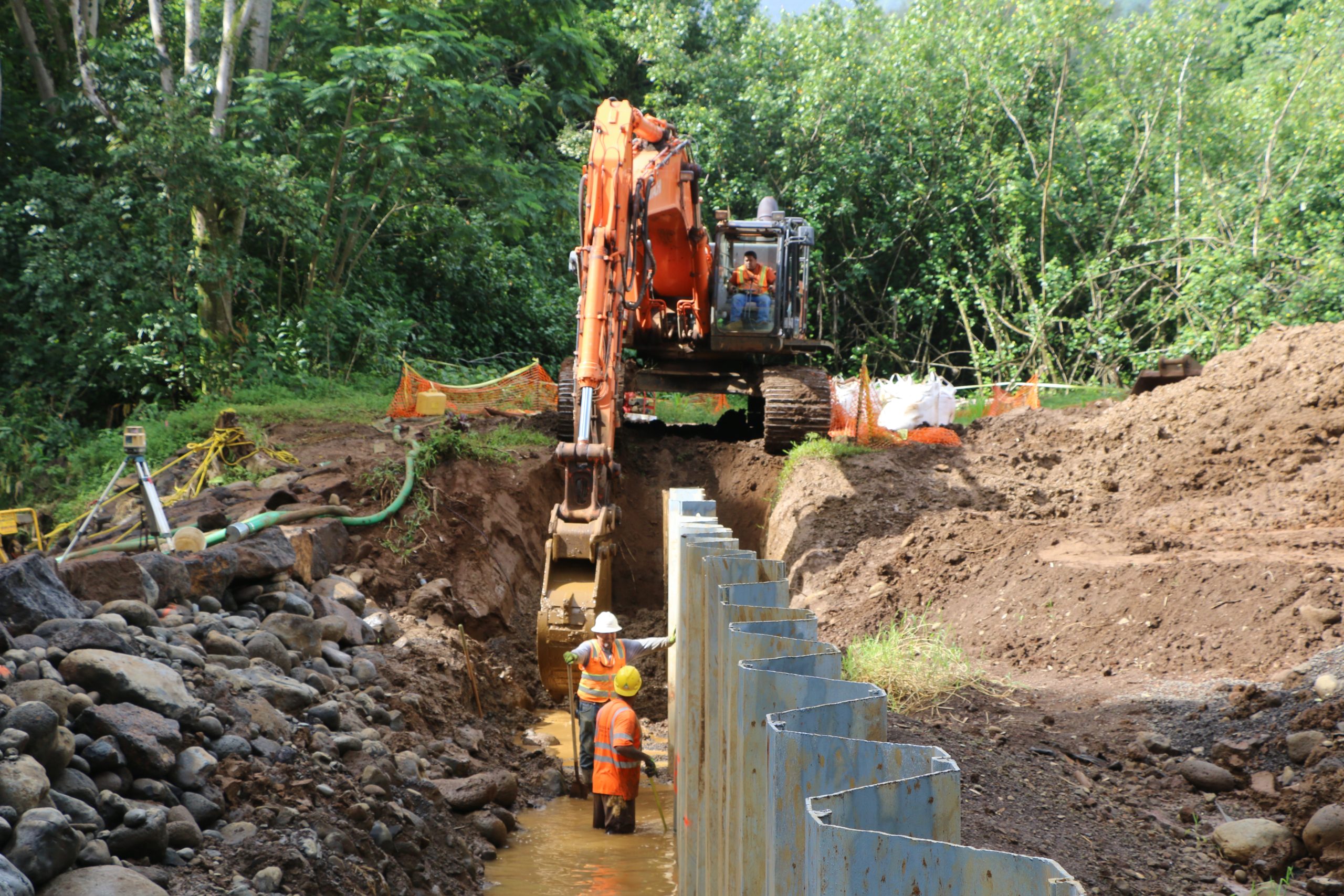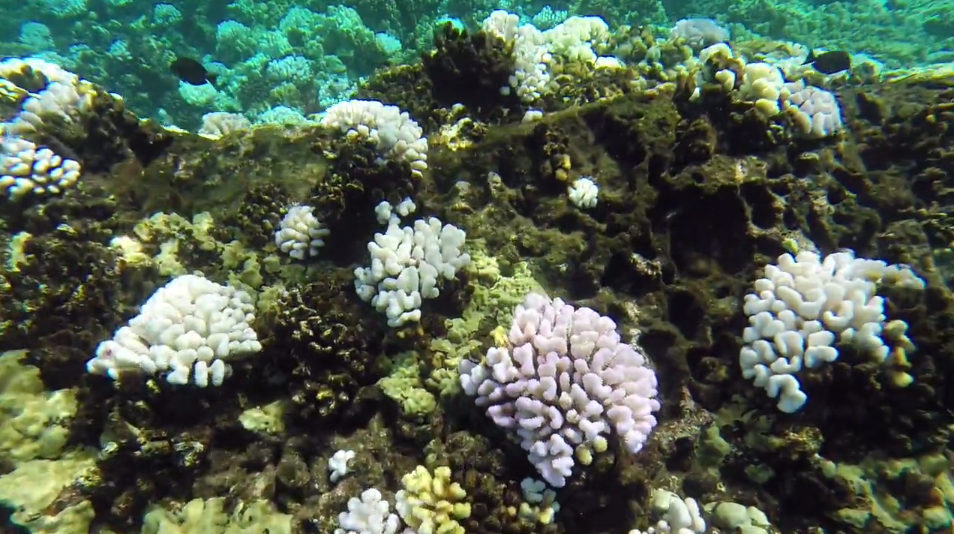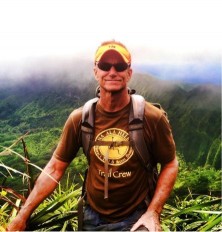(HONOLULU) – The DLNR introduces the Hawai‘i Climate Adaptation Portal, a website which includes a vast wealth information on climate change and how it is impacting Hawaii and other coastal states and locations around the world as well as all things related to the Interagency Climate Adaptation Committee (ICAC). The Hawaiian name for the site is Pili Na Mea a Pau, which translated means, “all things are related.” Sam Lemmo, the administrator of the DLNR Office of Conservation and Coastal Lands and Co-chair of the ICAC said, “The impacts of climate change are far reaching and will have dramatic effects on Hawaii’s economy, health, environment and way of life. These impacts are all related and it’s important that we consider them all as we prepare adaptation strategies.”
slider
(HANALEI, KAUAI) – Hanalei Stream is again flowing freely and within its banks after the completion of a multi-million dollar stream restoration project. Hanalei is one of only two EPA National Heritage rivers west of the Rockies. A breach in its bank, 20 years ago, diverted water from the stream and often flooded adjacent properties after heavy rains. This break also reduced stream flow entering an intake pipe that provides water for Hawaii’s largest taro growing complex, and habitat for endangered native birds within the Hanalei National Wildlife Refuge.
Kauaʻi, Hawaiʻi, November 3, 2015) A historic project more than 30 years in the making took place on Kauaʻi’s north shore on Monday when 10 downy endangered Hawaiian Petrel chicks were flown by helicopter from their montane nesting area to a new colony protected by a predator-proof fence at Kīlauea Point National Wildlife Refuge.
(HONOLULU) - A beautiful stretch of beach at the base of iconic Diamond Head, in the area known as Cromwells, has reappeared from beneath a jungle of naupaka and beach heliotrop. Property owners, who have homes on the shoreline, received letters from the DLNR Office of Conservation and Coastal Lands (OCCL) asking them to cut back vegetation that encroached onto the public beach from their properties.
HONOLULU – The popularity of manta ray viewing sites at Makako Bay (Garden Eel Cove) along the coastline fronting the Sheraton Keauhou Bay on the Big Island’s Kona coast has captured media, state and federal attention. These manta ray viewing opportunities are unique worldwide and tours are conducted in two specific areas where mantas tend to congregate at night to feed on plankton. In recent years it has come to the attention of the DLNR that commercial manta ray night snorkeling and diving at these two popular sites has expanded considerably and the activity is in need of regulation in order to preserve the resource and prevent the dangers posed by overcrowding. The DLNR Division of Boating and Ocean Recreation (DOBOR) is actively engaged in responsibly investigating the tour operations taking place and working to further regulate manta tour activities for safety and for the environment.
LIHU'E – Seven fledgling ‘A‘o (Newell’s Shearwaters) were released by school children from two Kauai schools this week as part of the annual E Ho‘opomaika‘i ‘ia na Manu ‘A‘o (A Cultural Release of the Native Newell’s Shearwater) event. This is the eighth year the Kauai Endangered Seabird Recovery Project (KESRP) and the Save Our Shearwaters (SOS) project teamed up to give local keiki the chance to be a part of the release of rehabilitated ‘A’o fledglings. Fourth-grade students from Wilcox Elementary School and Island School participated in the blessing and releases.
(Hanalei, Kauai) – Kauai taro farmer Rodney Haraguchi can’t wait until the Hanalei Stream Bank Restoration Project is finished in the next two months. For almost 20 years, he and nine other farmers who have loi on the U.S. Fish and Wildlife Services’ Hanalei National Wildlife Refuge have experienced diminished water flows from the Hanalei River. “You know, like any farmer, without water, you cannot plant any taro or harvest; water is the life-line for our crops,” Haraguchi said.
(MOLOKINI) - When the Keolahou arrives at Molokini Crater, three miles off Maui’s south coast, more than a dozen commercial tour boats are already moored. The Keolahou is a DLNR Division of Aquatic Resources (DAR) research vessel. Yesterday it carried five researchers to Molokini to continue, what has been so far, a three-year-long coral bleaching monitoring project. While the researchers dive to lay out transect lines, to tag coral heads and to photograph them, hundreds of tourists snorkel nearby.
HONOLULU -- The Hawai‘i Historic Places Review Board has added 12 properties to the Hawai‘i Register of Historic Places. Properties are eligible for inclusion in the register because of their association with broad patterns or events, or individuals important in the history of Hawai‘i. They are usually significant in architecture and design, are likely to yield important information, and their features retain their qualifying integrity.
(HONOLULU) - Curt Cottrell, a 25-year-long employee of the Department of Land and Natural Resources, has been chosen as the next Administrator for the DLNR Division of State Parks. He replaces Dan Quinn, another veteran manager, who recently retired.
